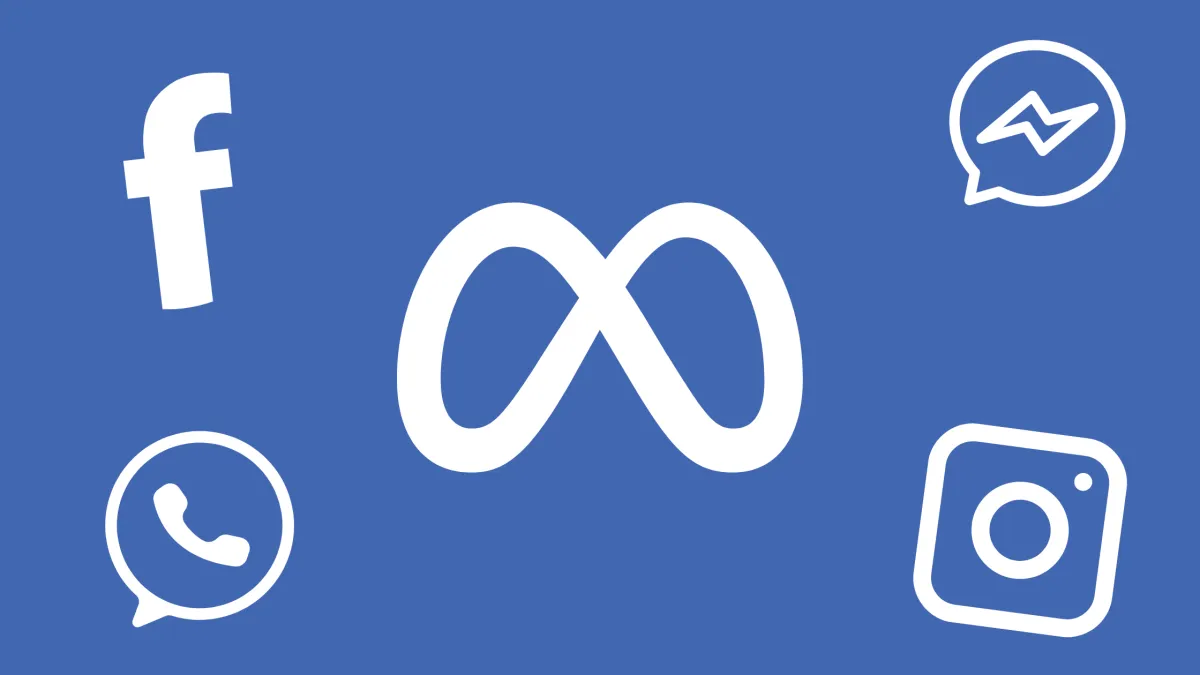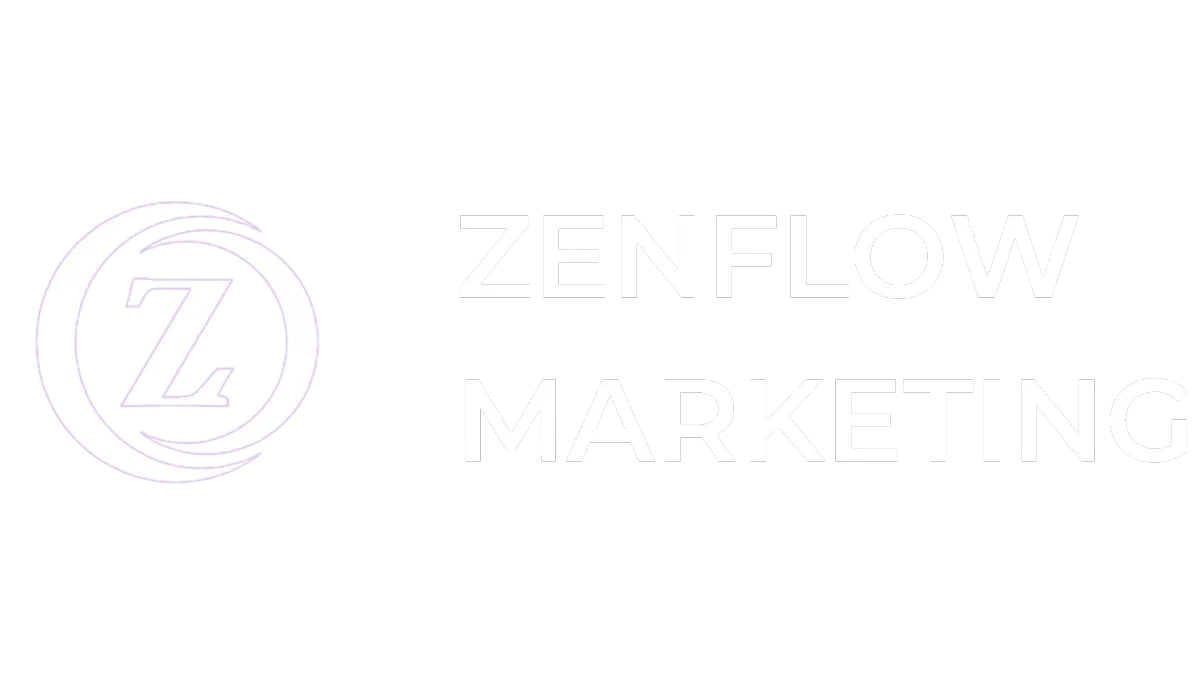
The Future of Meta Ads in 2025
What’s Dead, What’s Rising, and What You Should Focus On
If you're still treating Meta Ads the same way you did two years ago, you're leaving money on the table. The landscape has shifted dramatically in 2025, and if you want to grow — especially if you're managing medium to large ad accounts — you need to rethink your strategy.
Here's what’s no longer working, what’s gaining traction, and where you should put your focus moving forward.
1. Audience-Based Scaling is Fading Fast
Tactics like interest stacking and narrow audience testing are becoming irrelevant. Meta’s algorithm is too smart now, and audience overlap has made manual targeting mostly redundant. In fact, Meta is actively reducing the amount of control advertisers have over targeting.
If you're still chasing "the perfect audience," you’re already behind. The algorithm knows your customer better than you do. Let it do the heavy lifting and focus your efforts elsewhere.

2. Creative Has Become the New Targeting
Meta doesn’t need help finding your ideal customer. What it does need is strong, targeted creative to show them.
This is where you come in. Your copy, visuals, tone, and messaging now do what targeting used to. They are the deciding factor in whether your ad resonates or flops. The right hook can pull in a cold lead just as effectively as the best lookalike audience used to.
To scale, your creative process should function like a newsroom. Constantly test different angles, styles, and formats, and track performance at every stage.
3. Attribution Is Now a Growth Bottleneck
If Meta can’t track conversions correctly, it can’t optimize your ads. Simple as that.
With privacy changes and cross-device user behaviour, attribution is getting trickier. But clean data isn’t a luxury — it’s essential. Poor attribution leads to wasted ad spend and missed opportunities, especially at scale.
You need to understand how Meta attributes conversions compared to your CRM or analytics setup. Integrate offline events, use proper UTM parameters, and explore tools that help close the attribution gap.
4. The Meta Pixel Is Losing Relevance

Browser-based tracking is under serious pressure. Safari, Firefox, and even Chrome are tightening privacy controls, and Meta knows this. That’s why it's phasing out reliance on the Pixel in favour of server-side tracking.
If you haven’t looked into CAPI (Conversions API), Signals Gateway, or Server-Side Google Tag Manager, now is the time. These tools allow you to maintain accurate tracking in a world where third-party cookies and browser data are less reliable.
5. Conversational Ads Are the New Funnel
Meta is pushing hard into messaging. Click-to-Messenger and WhatsApp ads are being positioned as the next big thing — and for good reason.
Instead of sending users to a landing page, you can move them into a conversation where they can ask questions, get answers, and even make purchases. It's faster, more personal, and removes friction from the buyer journey.
If you're in lead generation, appointment-based services, or e-commerce, this should be part of your strategy. Set up Messenger flows, use automation where it makes sense, and reduce dependency on external pages.
6. First-Party Data is the New Advantage
Meta wants to know more than just who clicked or purchased. It wants to understand purchase value, customer lifetime value, and what makes a high-quality lead.
By sending deeper data from your CRM — like product categories, repeat purchases, or subscription data — you're helping Meta optimize around real business outcomes. This means better targeting, higher return on ad spend, and more efficient campaigns.
Start feeding Meta the right data today, and you’ll see better results tomorrow.
7. Creator Content and UGC Are Now Central to Ad Strategy
User-generated content (UGC) isn’t just a buzzword anymore. It's the preferred ad format on Meta, especially when paired with paid media.
People don’t want polished commercials. They want authentic, relatable content. That’s why creator collaborations are on the rise. These ads feel like native content, and the algorithm favours them.
To keep up, you need a system for sourcing, briefing, and producing UGC at scale. Work with micro-influencers, build a creator pool, and treat this content like a core part of your paid media strategy — not just organic.
Final Thoughts: Where Your Focus Should Be in 2025
If you're only running £5 to £50 a day, not all of these changes will feel urgent. But if you're aiming to scale your ad account to five or six figures per month, this is your new roadmap:
Stop obsessing over manual audience targeting
Invest heavily in creative production and testing
Fix your attribution and conversion tracking
Set up server-side tracking using CAPI
Embrace Messenger and WhatsApp for lead gen
Feed Meta rich, first-party data from your CRM
Build scalable creator and UGC pipelines
The game has changed. The winners in 2025 will be the brands that embrace creative-first strategies, double down on data infrastructure, and meet customers where they already are.
Need help navigating this shift?
At ZenFlow Marketing, we specialize in building high-performance Meta campaigns that are designed for the realities of 2025. From creative testing systems to CAPI implementation and UGC production, we help businesses grow with confidence. Contact us today to see how we can help.


